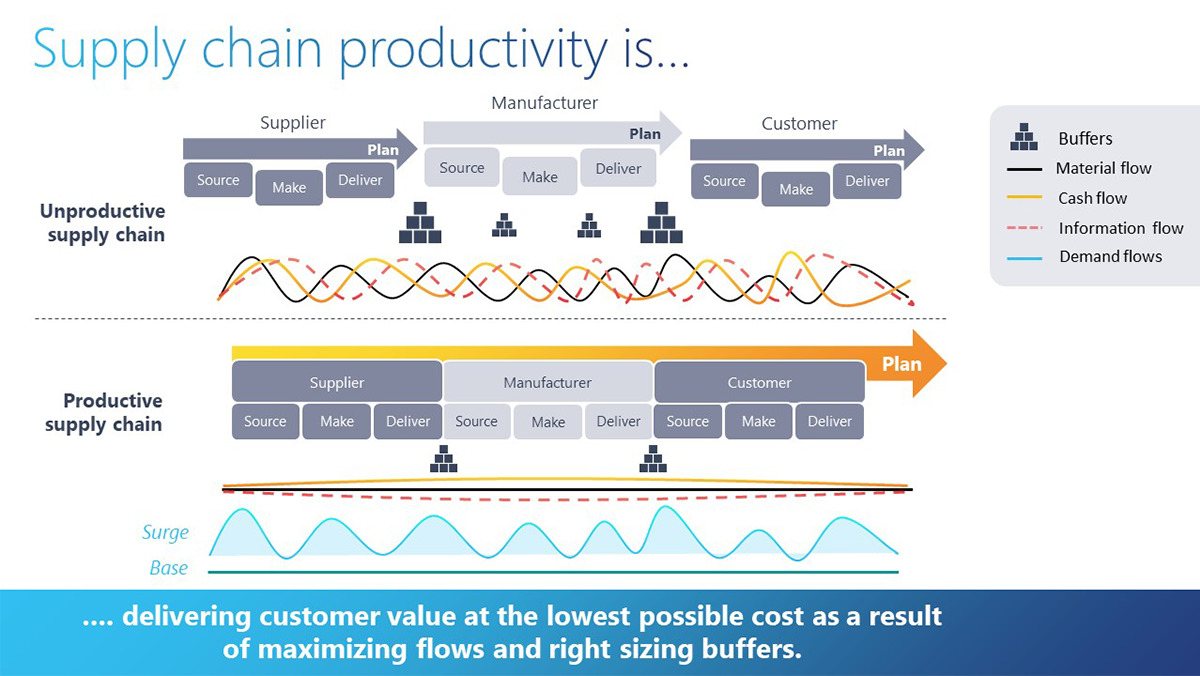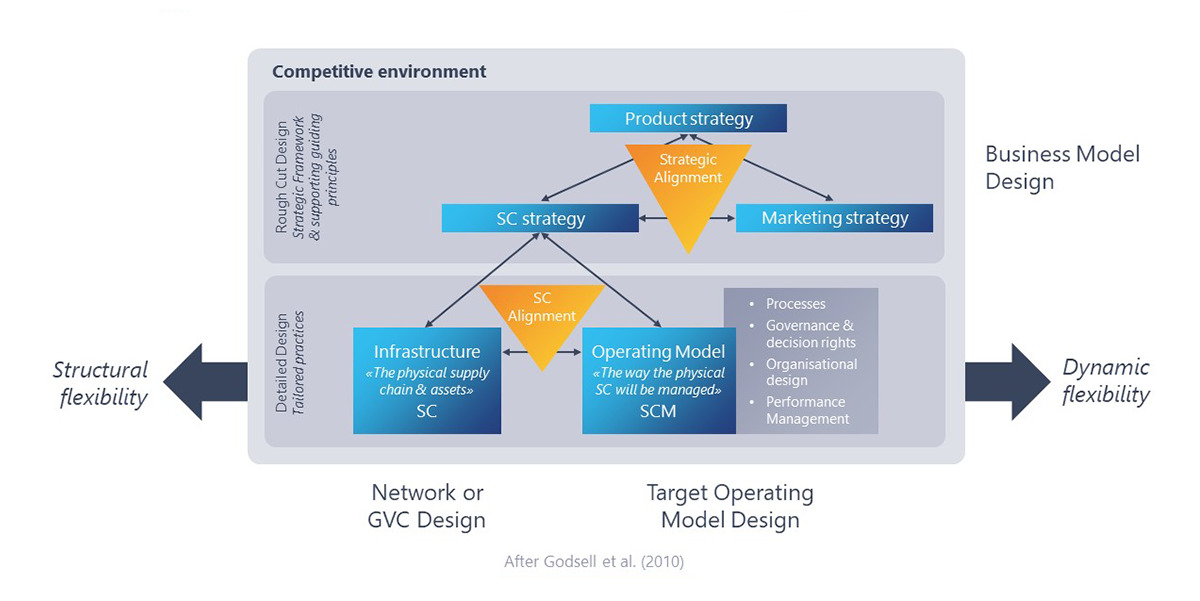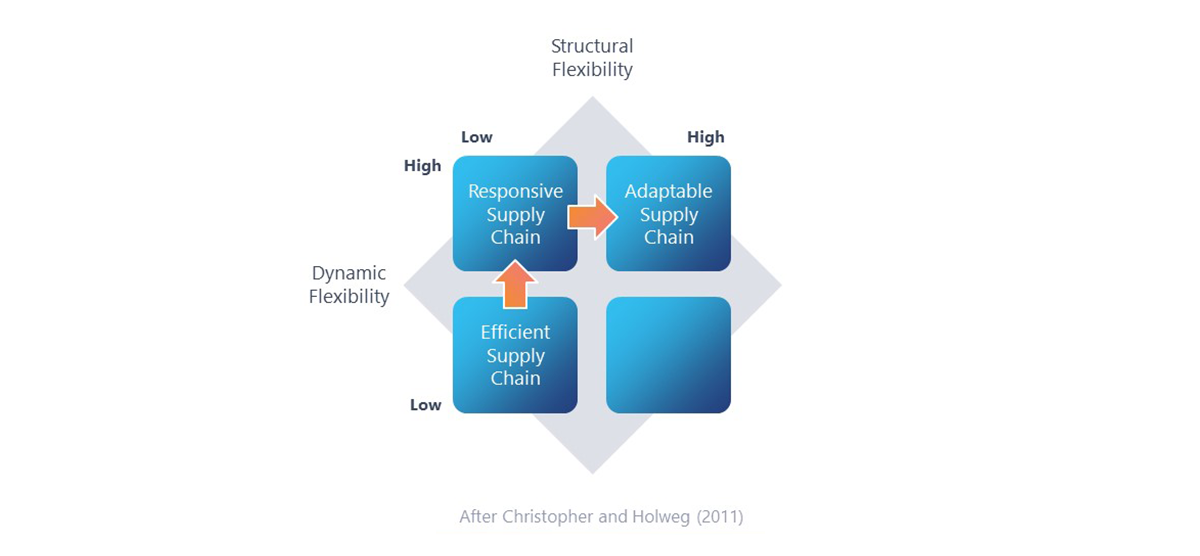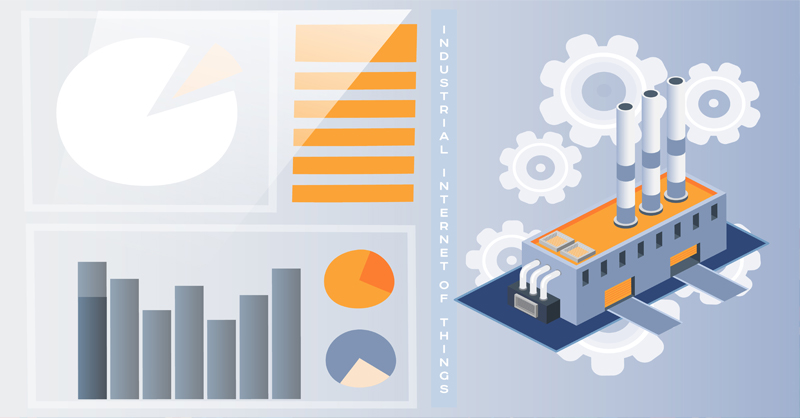Forget some of the negative media hype and concern that you sometimes see from some social commentators and employers about Generation Z (Gen Z). Unlike us Boomers, Generation X and Millennials, Gen Z are the first truly ‘native’ digital generation, more tech savvy, nurtured on constant access to new technologies and more likely to be comfortable in the newly emerging worlds of digital manufacturing[1]
The high digital literacy of Gen Z offers many benefits for advanced manufacturers. They are more multi-skilled and able to execute (simultaneous) work tasks and roles across different digital platforms, while being more readily plugged into virtual and augmented realities[2]. As a workforce, they will be great for advanced manufacturing in the years to come; very likely to tell you that your technology and IT might not be as cutting edge (or confusing) as you thought. If this is not enough, given the right in-work supports – from ‘onboarding’ and beyond – they will allow manufacturers to create better value from problem solving, innovation, and creative roles using their digital toolboxes.
In many ways, the entry of Gen Z to the labour market is ideal for advanced manufacturers adopting new technologies, and their great potential to further change workplace people practices and business models. However, as in all happy(ish) marriages between the needs of employers and younger people’s lifestyle interests and skills, both partners may have some underlying issues that will make an effective relationship based on new technologies difficult to sustain unless they both work at it.
There should be no doubts about the high demand for digital skills in advanced manufacturing. Employers need to understand some key elements of Gen Z thinking and to build this into their recruitment and retention strategies. Ongoing staffing shortages, the seemingly blurring pace of digital and technological change, ‘quiet quitting’ and some issues with workplace upskilling have all helped to accelerate industry demand for digital and multi skilled workforces.
These changes have pitched advanced manufacturers into the ‘talent war’ to attract, retain and develop the most skilled and capable young people. Attracting and keeping the best talent, however, is highly competitive and many industries (including manufacturing) are reporting skill shortages and high levels of unfilled vacancies[3]. Very simply, manufacturers without the right set of people capacities (and practices to support these), digital skillsets, and multi-skilled workforces will struggle to capture and use those advanced technologies to help them compete and innovate.
These labour demand and supply issues pose some interesting questions about how UK manufacturers should be competing for Gen Z talent in terms of job quality. A downside? Well like Millennials they are very values driven and possibly sensitive to your image as an employer on social media. Image matters for the new generation. For advanced manufacturers, one major challenge is the problem with some of the wider UK manufacturing sector. This comes with some powerful historical baggage.
Manufacturing is sometimes be seen by young people in the UK and US as an old-fashioned industry, low paying and male-dominated, offering large numbers of dull, insecure, and dead-end shifts in factory jobs[4]. Forget those images you may have in your head about the emerging SMART factories of the near future, this legacy persists, particularly among the older population segments who remember it and whose opinions may negatively shape their children and grandchildren looking for jobs and careers in today’s labour market. They are not flattering perceptions of a sector looking to recruit ambitious and creative digital talent or even broaden its appeal among older or mid-career workers, or people in under-represented groups such as women and minorities.
On a positive note, these perceptions are very unlikely to match the reality of many or most modern advanced manufacturing settings, particularly in big multinational companies and those who‘ve adopted and transitioned into digital technology. These settings offer (less monotonous) more interesting, exciting, highly technical and financially rewarding work. The recruitment messaging needs to dispel the old legacy of your sector, show the augmented reality, the AI of the bots, the predictive and the multi-purpose data analytics, and whatever metaverse you can conjure.
Apart from showcasing exciting, innovative clean tech, what else should manufacturers be doing to better attract and retain Gen Z talent? There is no shortage of commentary on what Gen Z expect in the workplace, so let’s take three of the more important issues that often feature in wider discussions about them: values, diversity, and flexibility. Helpfully, all of these things connect with each other.
We know that an employer’s image, brand, reputation, prestige, mission, vision and values really matter in recruitment, commitment and retention. Its’ not just about pay, it really isn’t. Values make a big difference in competitive labour markets with restrictions on supply. Potential recruits and employee’s want to know something about your identity and values: how these resonate through your products, people practices, and culture.
Ideally, younger employees want to share in the positive impact and success of your business, be ‘proud’ to work for you and share that in their social media networking and posts. This means that the backstory (and the ‘future-story’) of who you are as an industry, sector and employer is a key part of attracting and keeping the brightest, the capable and the digitally skilled. You can be as sceptical (or ‘boomer’) about this as you like but realising the importance of the ‘image’ and what you stand for, and how you show and tell people your story is something that. For example, big UK-based multinational manufacturers who compete across international markets understand very well. It works.
Your values should set the tone for a whole series of complimentary policies and practices at work that help young people see meaning and purpose in their work. For advanced manufacturers, investing in people, developing their skills and caring about their wellbeing play very well to younger and early career audiences who will still be unsure about their place in the labour market.
A focus on Net Zero and the principles of the circular economy has a strong appeal to the wider social values of many young people keen on environmental messaging and actions around reducing waste and your carbon footprint. Employer values tell people what you care about: whether you look at your workforce as individuals and people; whether you care about their wellbeing and development; and whether you really are asking them to help make ‘useful’ products and have processes that are helping to make a more sustainable world.
Employer values and practices also feed into areas like diversity and being clear about your recruitment messaging. Why is diversity important? Well it isn’t about the numbers of women in your workplace, or those coming through the STEM pipeline. Research shows that gender diversity in manufacturing leads to greater innovation and profitability, and the benefits of having women in leadership positions are even greater. In other words, the implications of diversity (and more representative workforces) seem to be reasonably clear. The more diverse you are as a workforce and the more this is represented in the higher strategic decision making levels of companies, the more you will be likely to be able to harness these different views and experiences, produce better products more geared to different customer segments and better innovate than your competitors.
You can disagree about the need for diversity but the figures tell a different story. Manufacturers need to be much more proactive (and transparent) about equalities, diversity and inclusion at work, particularly when it comes to gaining ‘fair opportunities’ for career progression. Gen Z are more racially and ethnically diverse than previous UK cohorts and there has to be a bigger focus on minorities, and on women.
Only around two-thirds of manufacturing firms currently have an EDI strategy or even an intention to develop one and not surprisingly, minorities only make up 5% of boards and women only 18%[5]. Both groups still largely occupy supporting administrative and clerical roles, or in HR and marketing: far removed from key areas of senior management, making executive decisions and having a strategic influence in their firms. On these figures alone, you would be doing well to describe manufacturing as offering modern, equitable and progressive working environments. For Gen Z talent looking for employers who mirror their personal and social values around racial, ethnic and gender equality, these numbers will make depressing reading.
So how do you address this? At the very least, sense-check or independently audit the recruitment messaging to make sure you are maximising your appeal. In terms of the career progression of women and minorities there are also a few useful ways of addressing some of the internal cultural barriers that they face in moving into senior management roles: mentoring and sponsoring. To some these approaches are probably not as ‘bombproof’ as deciding promotions out with the lads on the golf course, but they are likely to be more effective in helping the business keep good talent.
One popular (post-pandemic) way of addressing the diversity issue concerns giving people greater flexibility at work, through re-designed shift schedules and working from home. Easier said than done for production staff than their non-production co-workers. There are certainly strong hints in the literature that greater flexibility and hybrid working (with some task autonomy) is very well suited to Gen Z workers. Perhaps too suited! Hybrid models bring positive wellbeing benefits for workers, allowing women to balance work and domestic schedules. However, we need to be cautious about visibility at work and that out-of-sight working from home does not translate into out-of-contention workers when it comes to promotions and rewards.
In short, there are sound reasons for believing that Gen Z will be ready-made for advanced manufacturing. To capture the benefits, advanced manufacturers need to understand this audience. They must ensure messaging, imagery and marketing addresses some of the more unhelpful legacy images of their sector, treat their own values and story seriously, and deliver on EDI and flexibility.
Read the first entry in the the ‘future workforces’ series: ‘advanced manufacturing & Generation Z’.
References
[1] Francis, T. & Hoeful, F. (2018) ‘True Gen’: Generation Z and its implications for companies. McKinsey & Company.
[2] Gomez, K., Mawhinney, T. & Betts, K. (2022) Understanding Generation Z in the Workplace. Deloitte US.
[3] For example, The Manufacturer (2022) We need a super solution for fixing manufacturing talent issues (https://www.themanufacturer.com/articles/we-need-a-super-solution-for-fixing-manufacturing-talent-issues/)
[4] For example, Deloitte (2017) A look ahead: how modern manufacturers can create positive perceptions with the US public. (https://www2.deloitte.com/content/dam/Deloitte/us/Documents/manufacturing/us-public-perception-manufacturing-study.pdf)
[5] MAKE UK (2021) Manufacturing Our Recovery Through Inclusion (https://www.makeuk.org/insights/reports/manufacturing-our-recovery-through-inclusion)











